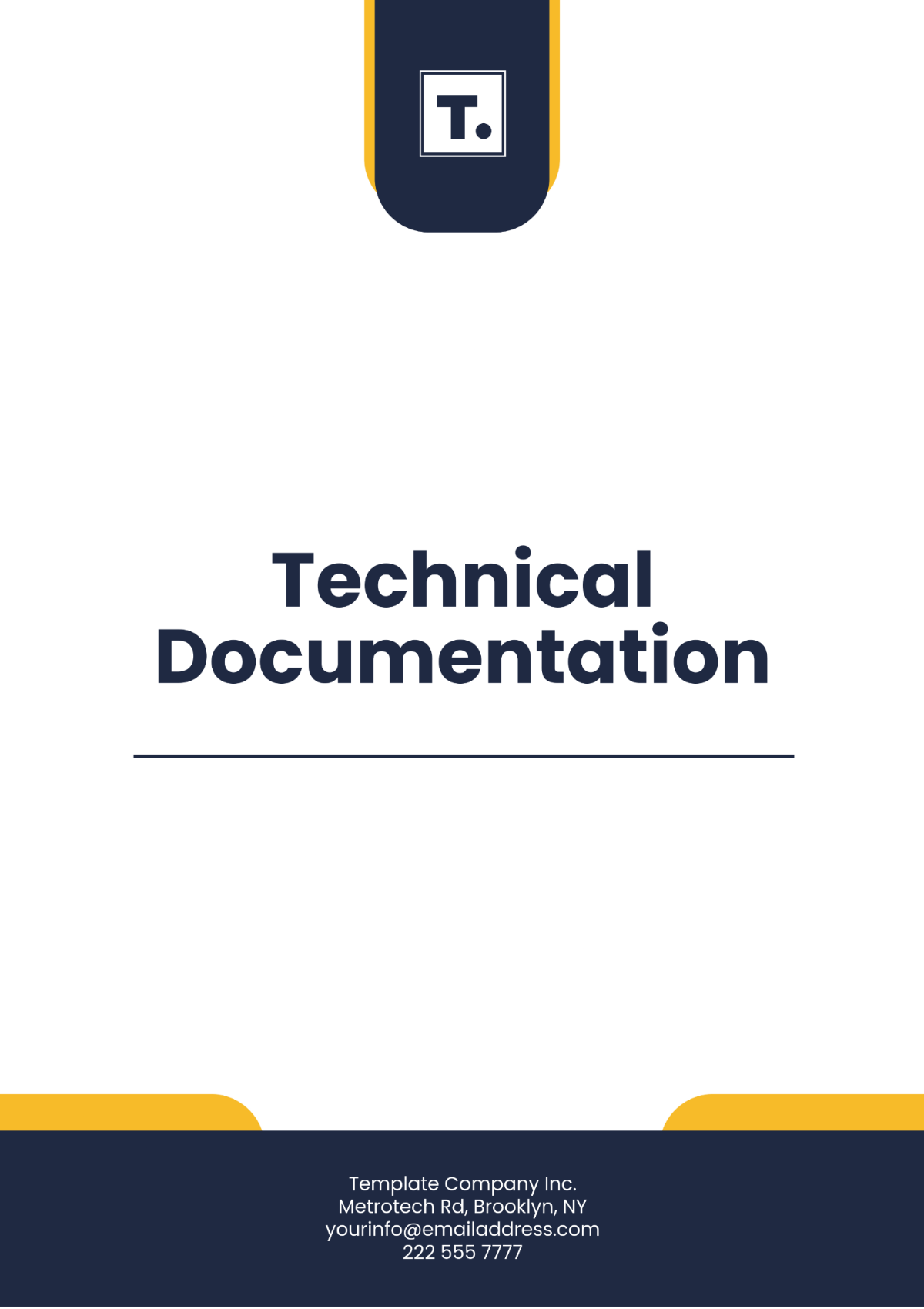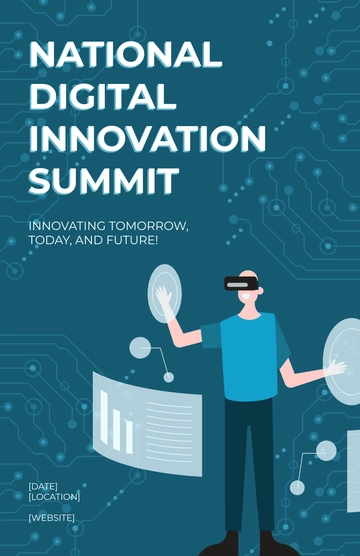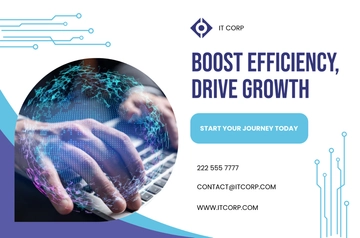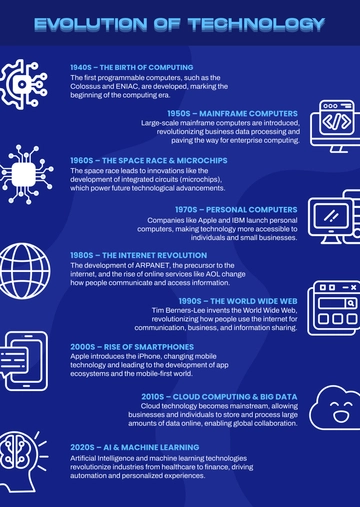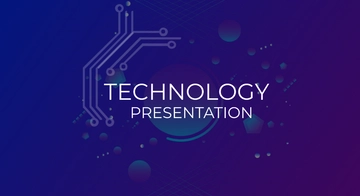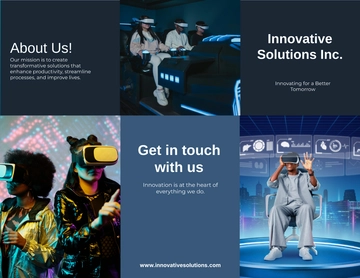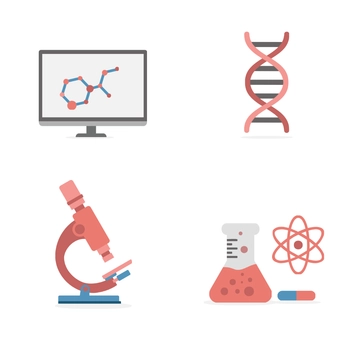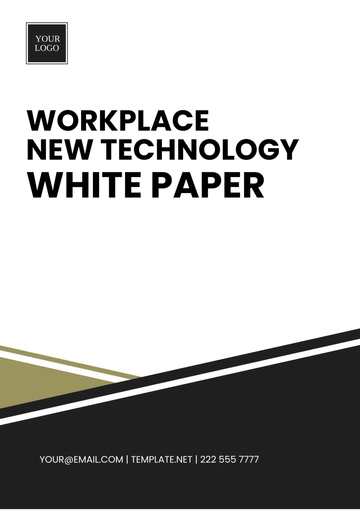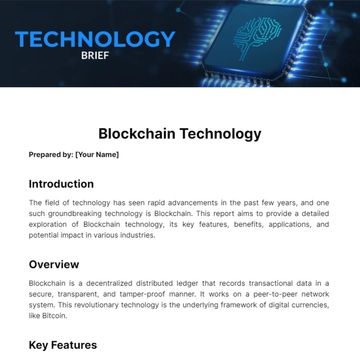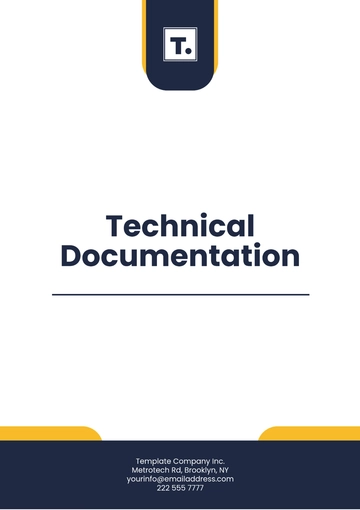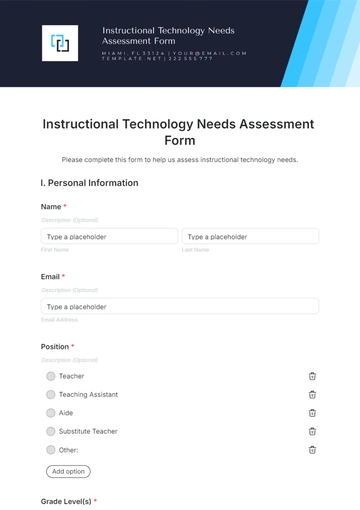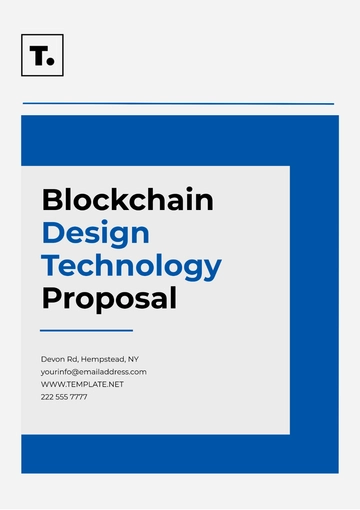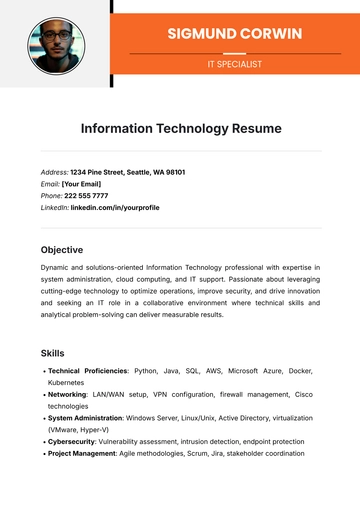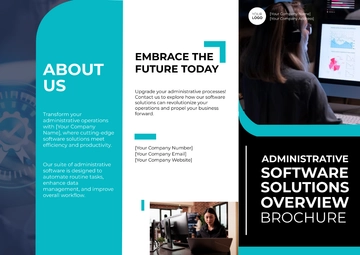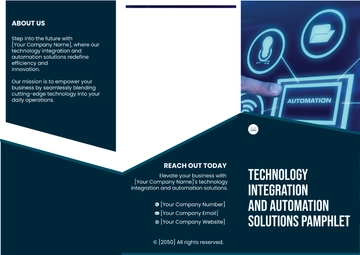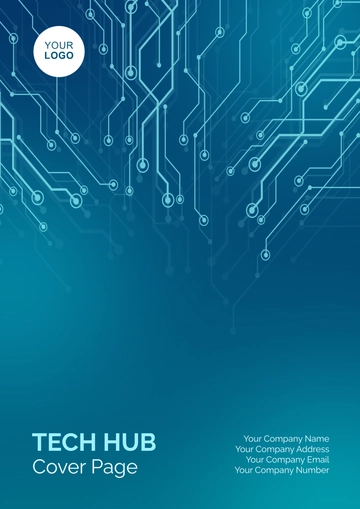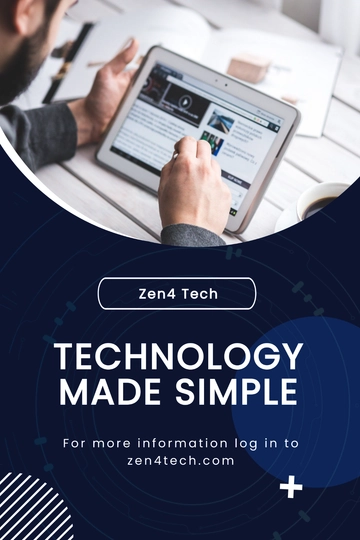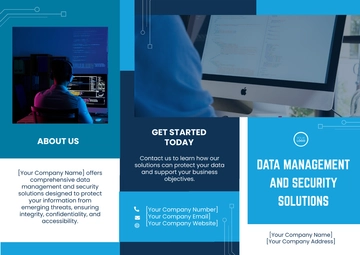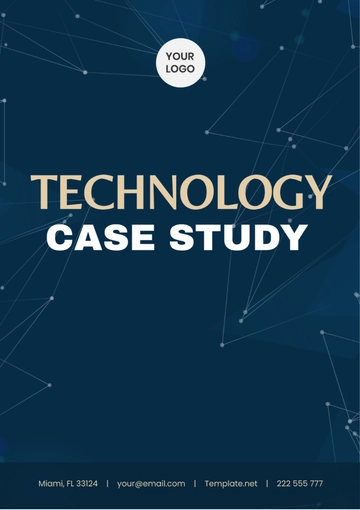Technical Documentation
I. Introduction
Technical documentation serves as a critical reference that outlines the functionality, features, and components of a system or application. It is intended to provide all necessary information for users, developers, and other stakeholders to understand and interact with the system effectively.
1. Purpose
The purpose of this document is to present a comprehensive guide detailing the system's key features, usage instructions, and underlying architecture. This includes annotated examples, best practices, and troubleshooting tips.
II. System Architecture
1. Overview
The system architecture is designed to ensure robustness, scalability, and maintainability. It consists of several key components that interact as described in the following table:
Component | Description |
|---|
Database | Stores all persistent data and ensures data integrity. |
API Server | Handles requests from clients and communicates with the database. |
Front-end Application | Presents the user interface and interacts with the API server. |
2. Detailed Components
A. Database
The database is a relational database management system (RDBMS) that ensures all data is stored securely and can be efficiently retrieved. Key features include:
ACID compliance
Automatic backups
High availability
B. API Server
The API server is built using a RESTful architecture, which allows for easy integration with various clients. Key components include:
C. Front-end Application
The front-end application is developed using modern web technologies including HTML5, CSS3, and JavaScript frameworks such as React.js. Features include:
III. Usage Instructions
1. Initial Setup
Setting up the system requires several steps to ensure it is configured correctly. The process includes:
Installing required software dependencies
Setting configuration parameters
Running initialization scripts
2. User Authentication
The system uses a robust authentication mechanism to ensure that only authorized users can access it. The steps for authentication are:
3. Data Management
Data management in the system allows users to create, read, update, and delete (CRUD) data. The table below summarizes the main actions and their corresponding API endpoints:
Action | API Endpoint |
|---|
Create | /api/data/create |
Read | /api/data/read |
Update | /api/data/update |
Delete | /api/data/delete |
IV. Troubleshooting
1. Common Issues
Users might encounter common issues while interacting with the system. Solutions to these issues are documented to ensure smooth operation:
2. Contact Support
If issues persist, users can contact the support team for assistance. The support contact details are as follows:
Email: [YOUR COMPANY EMAIL]
Phone: [YOUR COMPANY NUMBER]
Live Chat: Available on our website
Report Templates @ Template.net
